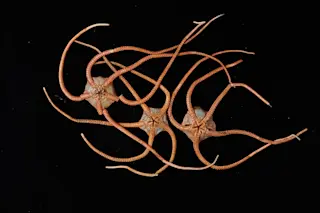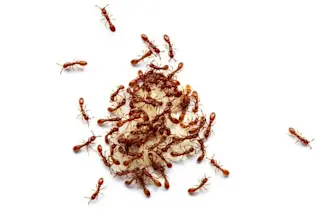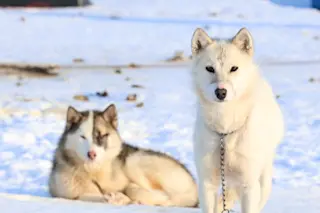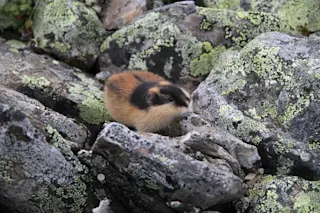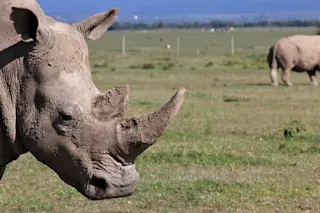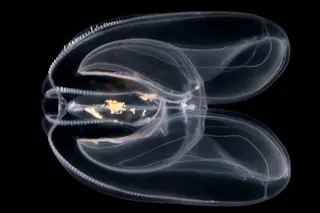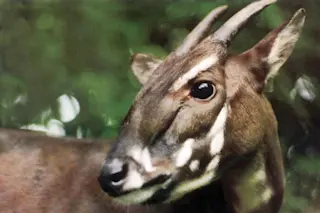There's a new paper in The American Journal of Human Genetics, Shared and Unique Components of Human Population Structure and Genome-Wide Signals of Positive Selection in South Asia. It's free, so go read it. I don't have time to comment in detail, but I did read the paper, and I want to mention a few things: 1) If you follow Harappa Ancestry Project or Dodecad Ancestry Project the ADMIXTURE and PCA won't be surprising. They'll be familiar. Though the researchers got some nice additional populations in Uttar Pradesh it didn't change the general outlines of what you can already ascertain with the public data sets. 2) The authors seem to de facto ignore the argument in Reconstructing Indian population history that ADMIXTURE components can themselves be decomposed into further real elements. (they acknowledge it in the text, but it doesn't go any further) This is obvious as you move up ...
Peeling the population genetic Indian onion
Explore the Human Population Structure and insights from the latest paper on genome-wide signals in South Asia.
More on Discover
Stay Curious
SubscribeTo The Magazine
Save up to 40% off the cover price when you subscribe to Discover magazine.
Subscribe

